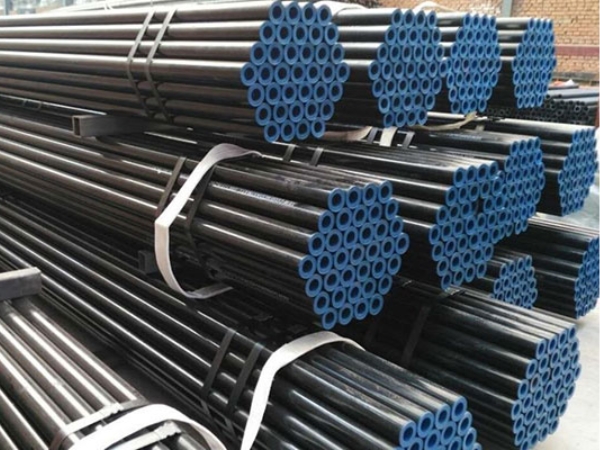Seamless carbon steel pipe, as its name suggests, has no welds. Therefore, the detection of seamless carbon steel pipes is particularly important. Today, we will introduce some common seamless carbon steel pipe testing items.

Chemical performance test:
High temperature resistance, low temperature resistance, acid resistance, alkali resistance, antioxidant, etc.
Process performance test:
Wire drawing, fracture inspection, repeated bending, reverse bending, reverse flattening, secondary two-way torsion, hydraulic test, flaring test, bending, curling, flattening, ring expansion, stretching, metallographic structure, cup shape Explosion tests, metallographic analysis, etc.
Non-destructive testing (NDT):
X-ray non-destructive testing, electromagnetic ultrasonic wave, ultrasonic wave, eddy current testing, magnetic flux leakage testing, penetrant testing, magnetic particle testing.
Mechanical property testing:
Tensile strength, impact test, yield point, elongation after fracture, reduction of area, hardness index (Rockwell hardness, Brinell hardness, Vickers hardness, Leeb hardness, Webster hardness).
Other items to check:
Metallographic structure, inclusions, decarburization layer, microstructure content determination, corrosion cause analysis, grain size and microscopic rating, low-magnification structure, intergranular corrosion, high-temperature alloy microstructure, high-temperature metallography
Organizational analysis:
Comparative analysis, material identification, failure analysis, composition analysis, chemical analysis, fracture analysis, corrosion analysis, etc.
Elemental analysis:
Metals, alloys and their products, manganese, oxygen, nitrogen, carbon, sulfur, silicon, iron, aluminum, phosphorus, chromium, vanadium, titanium, copper, cobalt, nickel, molybdenum, cerium, lanthanum, calcium, magnesium, zinc, tin , antimony, arsenic and other metal elements composition and content.